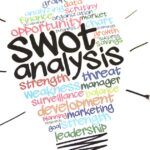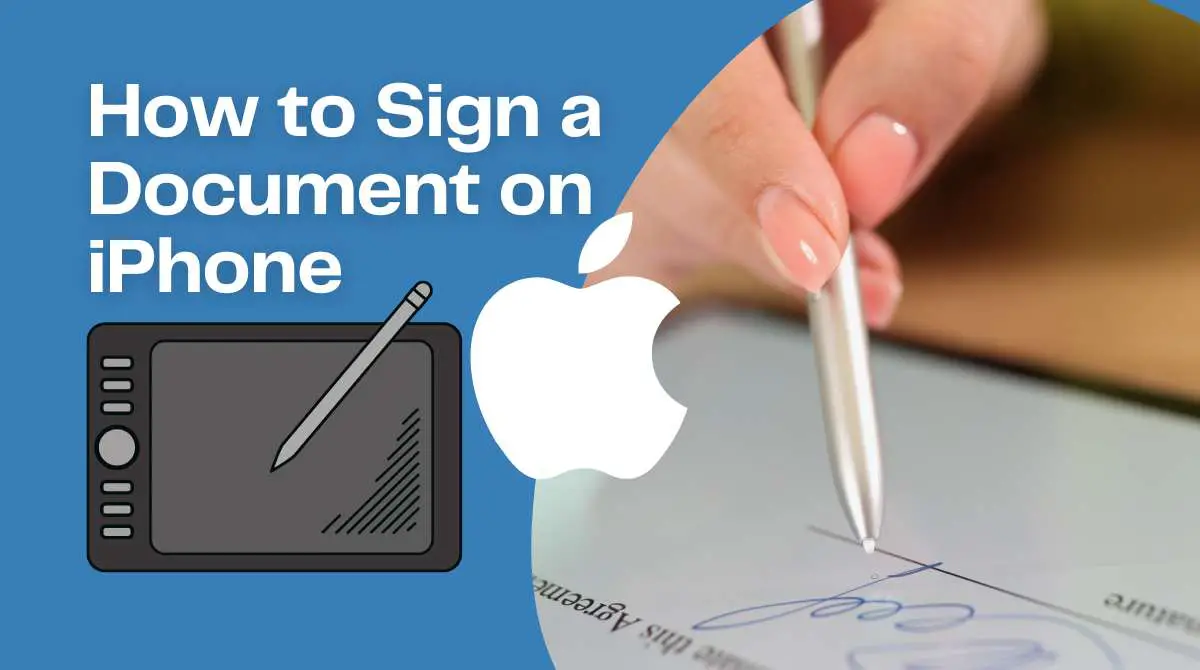Thomas Ormerod’s security team was faced with a seemingly impossible task. They were asked to interview passengers at airports across Europe about their background and travel plans. Ormerod had planted a few people at security with a fabricated past and a fabricated future – and his team had to guess who they were. In fact, only one out of every 1000 people they interviewed would be deceiving them. Finding the liar should have been as simple as looking for a needle in a haystack.

Using previous methods of lie detection, you could just as easily flip a coin.
So, what exactly did they do? Isn’t it possible to concentrate on body language or eye movements? It would have been a poor choice. Attempts to read lies from body language and facial expressions, even by trained police officers, have been shown in study after study to be little better than chance. According to one study, only 50 out of 20,000 people were able to make a correct decision with more than 80% accuracy. Most people would be better off flipping a coin.
Ormerod’s team tried something new, and in the vast majority of cases, they were able to identify the imposters. What is their secret? To discard many of the accepted cues to deception and begin again with some startlingly simple techniques.
Deception research has been plagued by disappointing results in recent years. Most previous research had concentrated on reading a liar’s intentions through their body language or face – blushing cheeks, a nervous laugh, darting eyes. The most famous example is Bill Clinton touching his nose when denying his affair with Monica Lewinsky, which was interpreted at the time as proof that he was lying. According to Timothy Levine of the University of Alabama in Birmingham, the idea was that the act of lying elicits strong emotions – nerves, guilt, and possibly even exhilaration at the challenge – that are difficult to control. They claimed that even if we think we have a poker face, we may still give away tiny flickers of movement known as “micro-expressions” that could reveal the game.
The problem is the huge variety of human behavior – there is no universal dictionary of body language
Nonetheless, the more psychologists looked, the more elusive any reliable cues seemed to be. The issue is the wide range of human behavior. You may be able to recognize someone’s tics when they are telling the truth with familiarity, but others will likely act very differently; there is no universal dictionary of body language. “There are no consistent signs that always appear alongside deception,” says Ormerod, a University of Sussex professor. “I laugh nervously, while others become more serious, some make eye contact, while others avoid it.” “The evidence is pretty clear that there aren’t any reliable cues that distinguish truth from lies,” says Levine. And, while you may have heard that our subconscious can detect these signs even if they appear to escape our awareness, this appears to be disproven as well.
Despite these damning findings, our safety is frequently dependent on the existence of these mythical cues. Consider the screening that some passengers may face before boarding a long-distance flight, which Ormerod was asked to investigate in the run-up to the 2012 Olympics. Officers are trained to look for “suspicious signs” (such as nervous body language) that could indicate deception, according to him. “It doesn’t allow you to listen to what they say, consider credibility, and observe behavior change – all of which are critical aspects of deception detection,” he says. The current protocols are also biased, he claims, with officers more likely to find suspicious signs in certain ethnic groups, for example. He claims that the current method “actually prevents deception detection.”
Clearly, a new method is needed. But given some of the dismal results from the lab, what should it be? Ormerod’s answer was disarmingly simple: shift the focus away from the subtle mannerisms to the words people are actually saying, gently probing the right pressure points to make the liar’s front crumble.
Ormerod and his colleague Coral Dando at the University of Wolverhampton identified a series of conversational principles that should increase your chances of uncovering deceit:
Use open questions. This forces the liar to expand on their tale until they become entrapped in their own web of deceit.
Employ the element of surprise. Investigators should try to increase the liar’s “cognitive load” – such as by asking them unanticipated questions that might be slightly confusing, or asking them to report an event backwards in time – techniques that make it harder for them to maintain their façade.
Watch for small, verifiable details. If a passenger says they are at the University of Oxford, ask them to tell you about their journey to work.
If you do find a contradiction, though, don’t give yourself away – it’s better to allow the liar’s confidence to build as they rattle off more falsehoods, rather than correcting them.
Observe changes in confidence. Watch carefully to see how a potential liar’s style changes when they are challenged: a liar may be just as verbose when they feel in charge of a conversation, but their comfort zone is limited and they may clam up if they feel like they are losing control.
The aim is a casual conversation rather than an intense interrogation. Under this gentle pressure, however, the liar will give themselves away by contradicting their own story, or by becoming obviously evasive or erratic in their responses. “The important thing is that there is no magic silver bullet; we are taking the best things and putting them together for a cognitive approach,” says Ormerod.
It takes one to know one
Ironically, liars turn out to be better lie detectors. Geoffrey Bird at University College London and colleagues recently set up a game in which subjects had to reveal true or false statements about themselves. They were also asked to judge each other’s credibility. It turned out that people who were better at telling fibs could also detect others’ tall tales, perhaps because they recognised the tricks.
Read also: Feelings Tired?: Food and drinks you should not eat When you are tired
![[2023]Downloading YouTube Videos on iPhone The Ultimate Guide to Downloading YouTube Videos on iPhone The Ultimate Guide to](https://teachtactic.com/wp-content/uploads/2023/08/Downloading-YouTube-Videos-on-iPhone-The-Ultimate-Guide-to-150x150.jpg)









